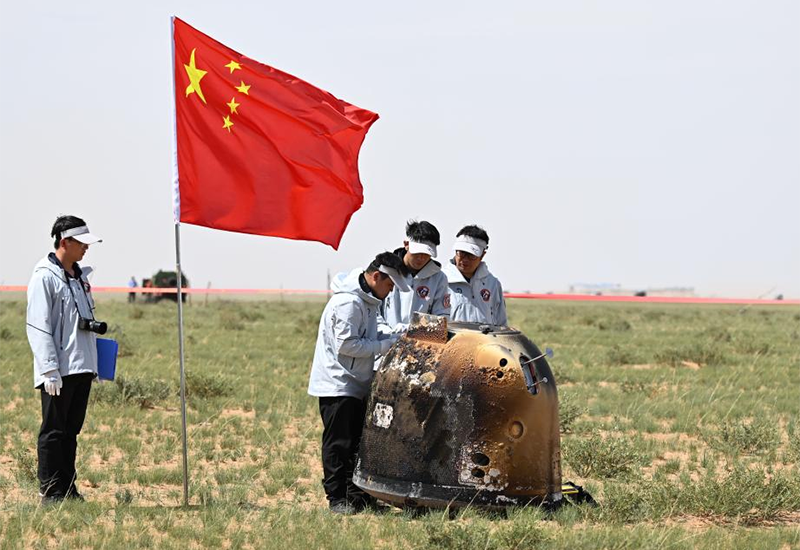
Credit: Xinhua
SINGAPORE—The Chang’e 6 mission's return module has landed back on Earth after a 53-day lunar mission, bringing back lunar samples from the far side of the Moon for the first time in the history of space exploration. The module landed at Siziwang Banner in China’s Inner Mongolia region on June 25 at...
Subscription Required
China's Chang’e 6 Mission Returns Samples From Far Side Of Moon is published in Aerospace Daily & Defense Report, an Aviation Week Intelligence Network (AWIN) Market Briefing and is included with your AWIN membership.
Already a member of AWIN or subscribe to Aerospace Daily & Defense Report through your company? Login with your existing email and password.
Not a member? Learn how you can access the market intelligence and data you need to stay abreast of what's happening in the aerospace and defense community.




